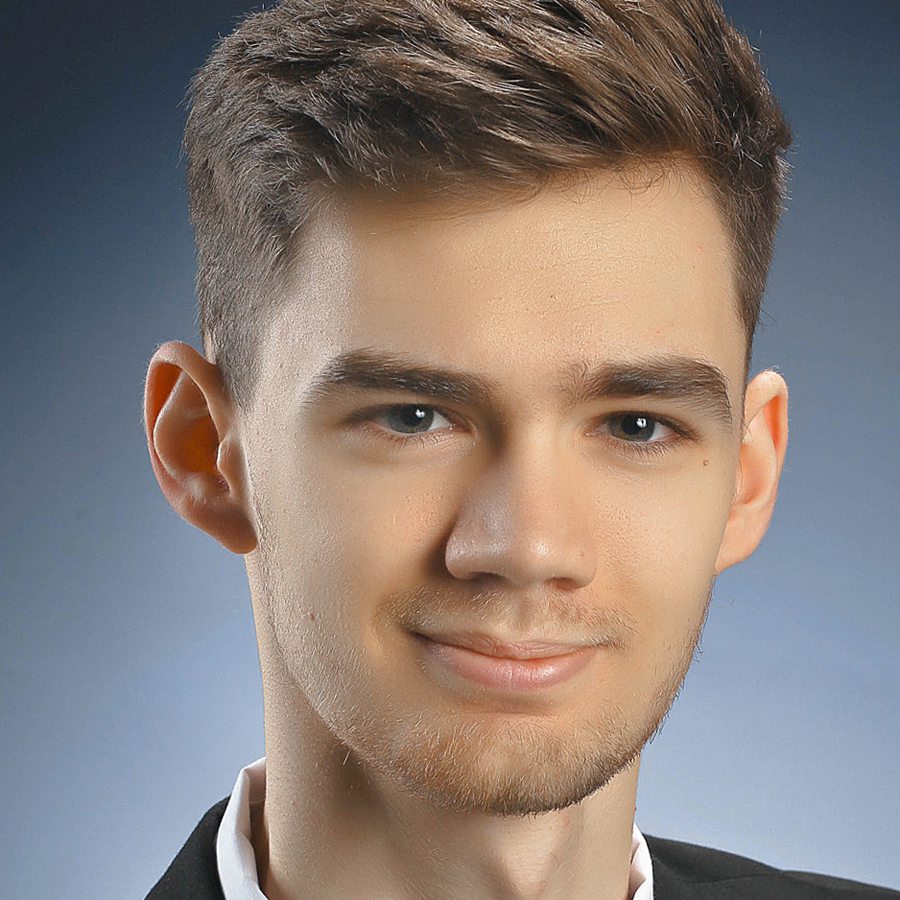Photocatenane – Robotics on the Molecular Level
chemistry
The 2016 Nobel Prize in Chemistry was awarded for the work on molecular machines. This emerging field holds promise for future applications. My research focuses on a photoresponsive supramolecular unit, specifically a photofunctionalized [2]catenane. This molecule features two physically interlocked rings (macrocycles) that deform under UV light, causing rotation through the reversible photoisomerisation of the dithienyl-ethene photoswitch in the rings. After designing a “prototype” [2]catenane using Density Functional Theory calculations and synthesising it, I characterised it with 1H-NMR, 13C-NMR, NOESY 2D NMR, HPLC, and HR-MS. Currently, the synthesis of the photoswitchable catenane is ongoing, but results show the possibility of expanding this innovative field of molecular robotics.
Hungary

Márton Krisztián Hegedűs
Age: 19


